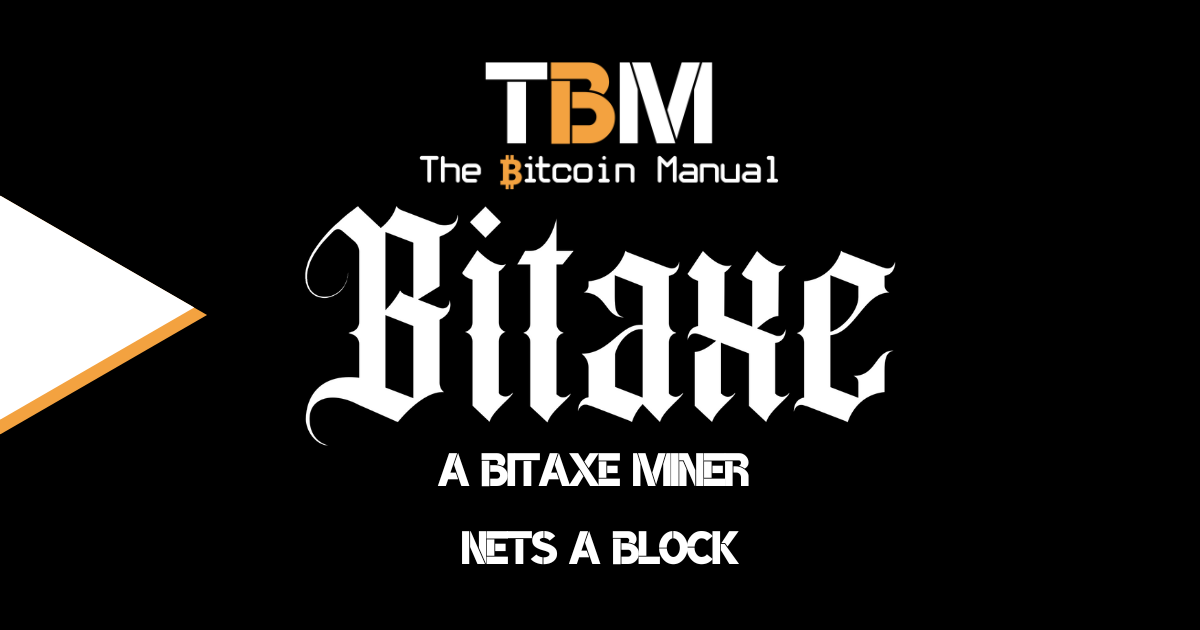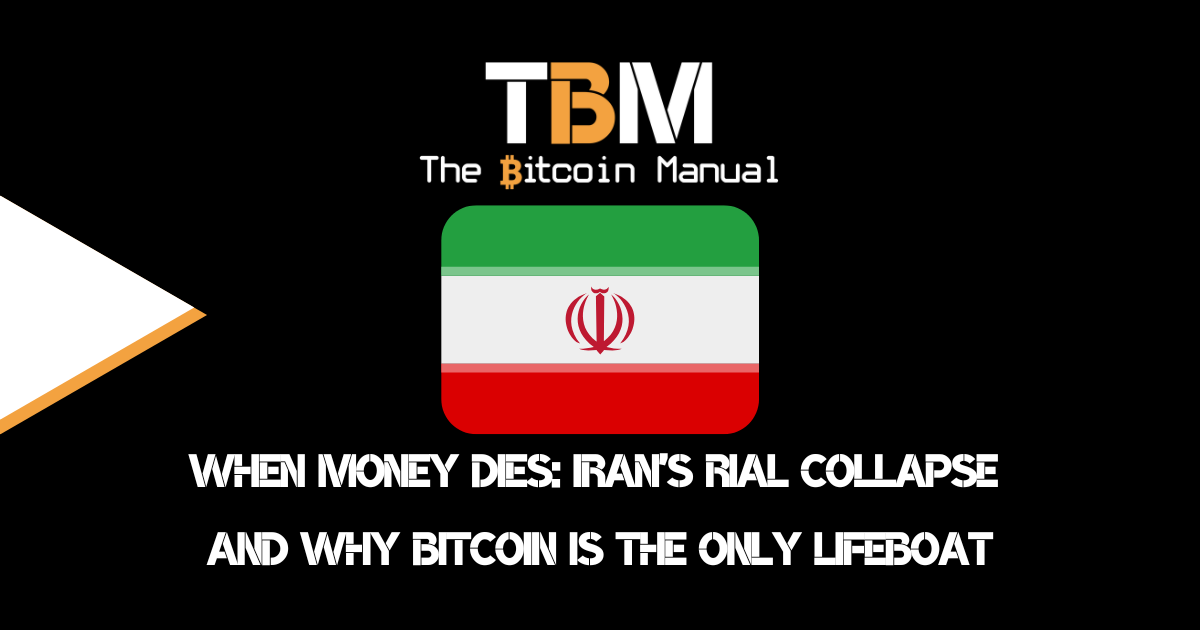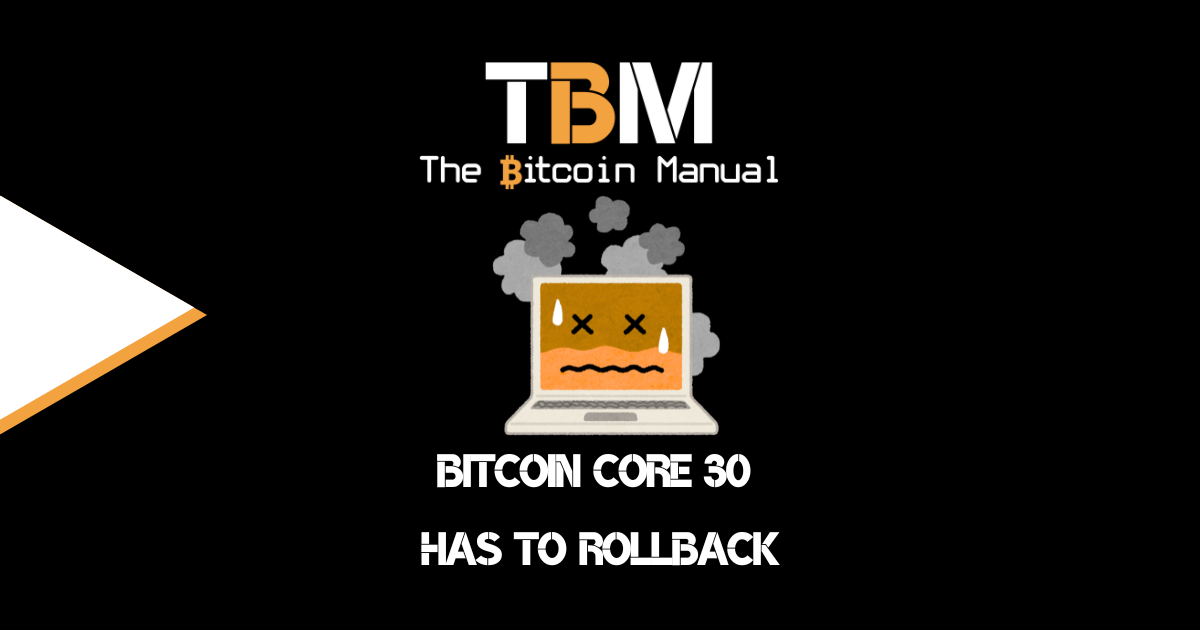The Bitcoin network is one hungry hippo for hash rate; it currently gobbles up 645.9 EH/s, and it will keep ticking up as more miners come online, as current miners expand their operations and as ASICS is improved to produce more hashes for a unit of power.
The production of hash rate is an industrial-scale game if you’re looking to compete for regular rewards, and if you’re home mining, you’re there for moral support. Add act as a safety net should several of these large players run out of money or get shut down by governments.
Mining pools, to an extent, do ensure that the home miners receive some compensation for the hash rate they produce as they collaborate with large miners, but these payouts are relative to how much hash rate you produce.
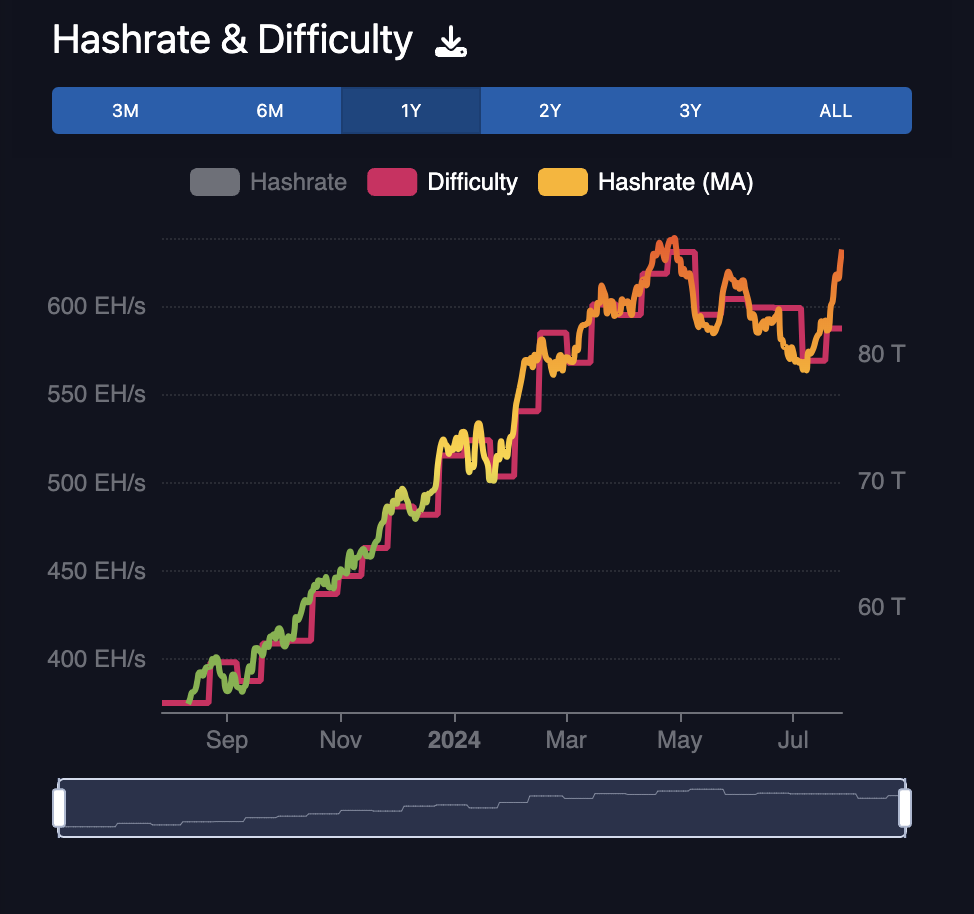
A Bitaxe Mined a Block? Unbelievable!
While the big boys get their fair share of the rewards, they take on considerable capex and risk to price you out of securing sats, but that doesn’t mean it always goes their way.
Sometimes, the mining lottery throws up a curve ball, and boy, did it swerve hard, given the fact that a solo miner on a $200 device happened to secure an entire block for themselves.
Yes, that’s right. Bitaxe has successfully mined Block 853742, sending shockwaves through the mining community with one of the greatest Ws for the pleb miner in 2024.
Congratulations to miner with the first bitaxe block, only a tiny 3TH for finding the 290th solo block on solo ckpool! This much hashrate only would find a block once every 3500 YEARS on average, or 1 in 1.2 MILLION chance per day! https://t.co/5Wtu9jydsF pic.twitter.com/D5sSzug42P
— Dr -ck (@ckpooldev) July 24, 2024
Solo Bitcoin miners shoot their shot like every miner every 10 minutes, but they know they have a small chance of winning the race—even smaller when you’re dealing with only 3 TH/s of hash rate. One pleb with a 1 in 1.2 million chance has successfully mined a block, receiving 3.192 BTC in rewards.
While the solo act gets to walk away with the entire block subsidy, it’s a pity fees have been so low, or the payday could have been even larger.
The miner solved block 853,742 late Wednesday UTC. Solo CKPool, a mining pool dedicated to solo miner operators, relayed the block.
This marks Solo CKPool’s 290th solo block relay.
The miner may have increased their hash rate to 3 TH/s in the previous 24 hours after starting solo mining with the same coinbase payout address 19 days ago.
It’s been a season of Han Solo miners, and this year, Solo CKPool has relayed ten blocks mined by solo operators, half of which occurred in May, shortly after the Bitcoin halving.
What is a Bitaxe?
A Bitaxe is a compact, low-power Bitcoin mining device. Unlike the massive, energy-hungry rigs often associated with mining, the Bitaxe is designed for home users with limited space and electricity consumption who simply want to support the network and roll the dice every 10 minutes, hoping to win the lottery.
The fact that this tiny device was able to compete and win a block is a testament to the democratisation of Bitcoin mining, making it accessible to a wider audience.
The BitAxe is still a hobbyist device. It’s open-source and cheap to acquire or build yourself, and if you wanted, you could easily hook it up to a cheap solar panel and let it run on sunlight as you try your luck securing a block.
BitAxe Supra Running on Solar. @DCentralTech #bitaxe #solar pic.twitter.com/MVSzpfjyaZ
— Offgrid ⚡️ (@offgrid) July 13, 2024
The Astronomical Odds
Mining a Bitcoin block is a challenging feat; that’s why stories like this make headlines, so before you think you’re going to buy or build a BitAxe and walk away with 3 Bitcoins in the next few months, you need to come back to reality.
A BitAxe is not a magic money-printing machine; it’s an accessible way to get into mining without spending a fortune on an ASIC, and it doesn’t change the economics involved.
If you’re producing small amounts of hash rate, you are likely to get a smaller reward, if anything, since Bitcoin mining involves solving complex mathematical puzzles, and the difficulty of these puzzles adjusts automatically to maintain a consistent block generation time of approximately 10 minutes.
With the total network hash rate at its current level, the chances of any individual miner, let alone a small device like a Bitaxe, finding a block are incredibly slim – akin to winning multiple lotteries back-to-back.
Crawfish vs. #Bitcoin Miner. 💯 Gridless solar-powered #bitaxe cooled by a geothermal spring maintaining an average temperature of 50°F year-round. Achieving peak efficiency through solar-geothermal integration. It's time to scale these concepts to exahash operations. pic.twitter.com/TcO45qPhVA
— Bee Evolved (@BeeEvolved) July 22, 2024
Is a Bitaxe Worth It?
While a Bitaxe’s success in mining a block is undeniably impressive, it’s essential to temper expectations. The likelihood of replicating this achievement is extremely low. For most people, the primary motivation for owning a Bitaxe would be to support the Bitcoin network, potentially earn small amounts of Bitcoin over time, and possibly dip their toe into mining without having to shell out for an ASIC.
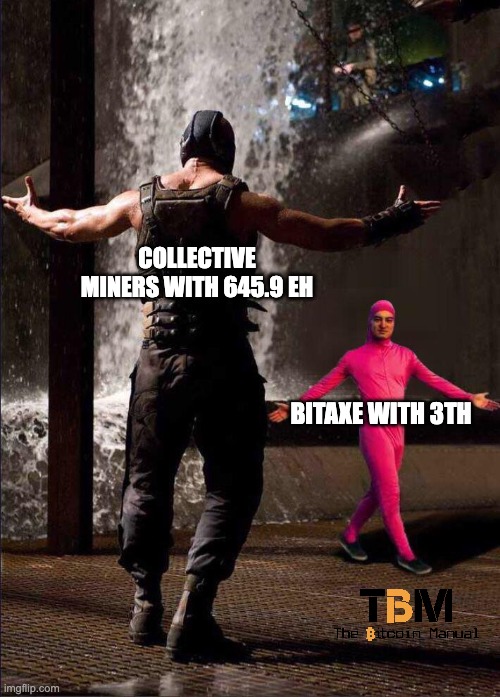
If you’re in it for the long haul or the lolz, a BitAxe is a great project to pick up and teach yourself and others about mining. Who knows, you might strike a jackpot. Remember that the Bitcoin network is forever changing, and the probability of a block changes every 10 minutes.

